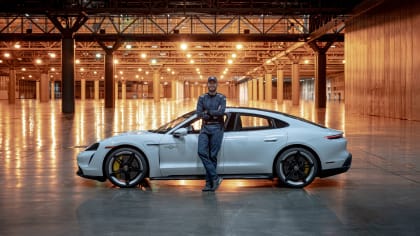Supercomputers Emerge To "Twin Turbocharge" R&D
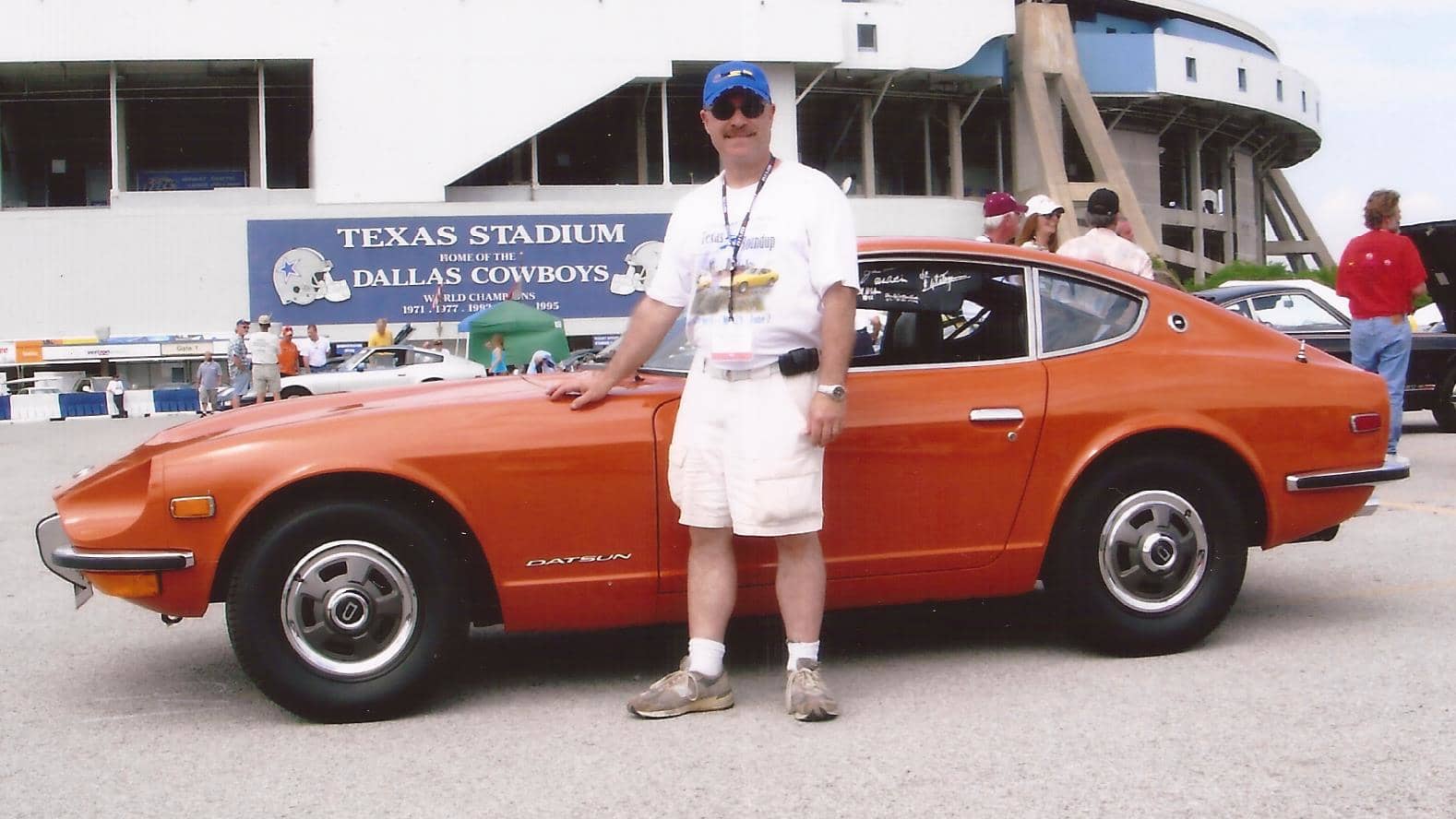
Part Two Of Our Supercomputer Deep-Dive
Part two of LACar's series on supercomputers and the Nissan 300ZX by LACar guest writer Daniel Banks continues, now by focusing on the sheer processing speed introduced by supercomputers.
By Guest Author: Daniel Banks
Wed, Oct 7, 2020 10:45 AM PST
This article is a part of
Nissan Z ExtravaganZa
Click to see the collection and all the included articles!
Supercomputers of the 1980s were massively parallel processing machines that could perform in moments what the more common mainframes or workstations would take many hours or days to do. Possessing the supercomputer’s capability in your research and design shops was uniformly seen as a critical “developmental pace accelerator” and technological driver.
America developed these machines first and without argument offered the best machines and software for sale into the 1980s. Predominantly those were made by Seymour Cray and his firm, Cray Research, Inc. More than twice as many creative Cray software applications programs that required Cray supercomputers to run were available compared to applications available in early Japanese supercomputers. As the Japanese struggled to improve their supercomputers, Cray sought market penetration in Japan. The 1980s became an era of trade war mania, and wide media coverage was given the issue of American supercomputer sales to Japan.
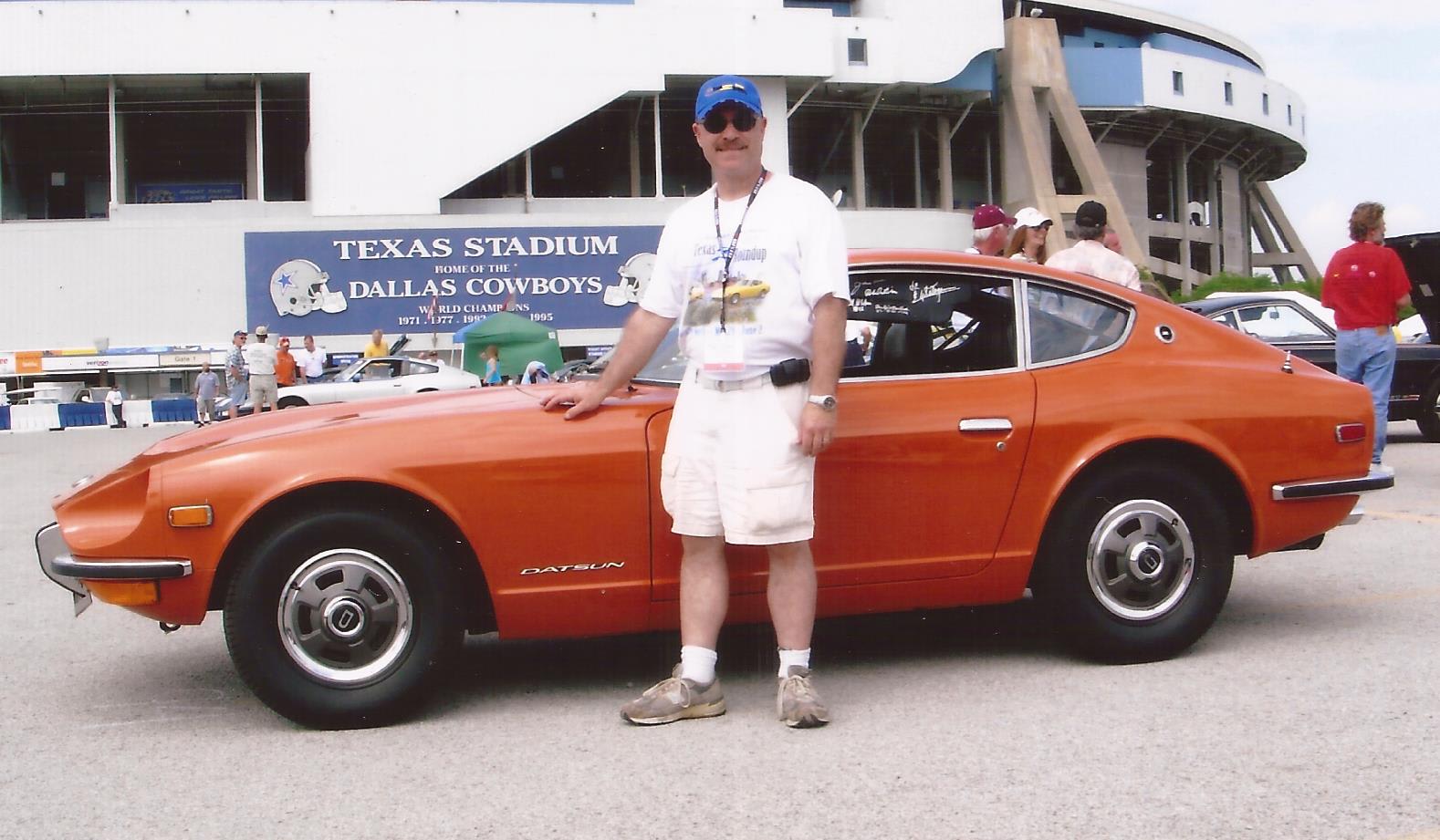
Upon reading the literature, one recognizes developing supercomputers from start presents daunting challenges. Cost of entry is a significant barrier in developing viable commercial supercomputers. The commitment of limited top research and development talent, usable to perhaps greater advantage elsewhere, was enormous. Japan’s potential manufacturers were hesitant to get started.
Where was their market? … Foreign competitors were already making supercomputers and some Japanese believed Japan should stick with making components like semiconductors, rather than the supercomputers themselves. This self-defeating mantra seems similar in kind to early resistance in Japan, particularly from finance quarters, when GHQ released Japan’s motor vehicle industry to full manufacture in October 1949. Back then some important Japanese felt global competitors had a significant, even insurmountable, lead in designing and building automobiles and opposed Japan getting involved.
The imagination and sense of risk taking inherent in Nissan and Toyota, with their goal to grow their own globally competitive Japanese car companies, was not common in all quarters and the real car guys fought hard for government support. Resistance at the dawn of Japanese post-war automotive industry was much about how far ahead foreign competitors already were. Several decades later, despite similar resistance in some quarters, the Japanese government had no hesitation viewing supercomputers as a critical “strategic industry.” They felt that protecting the indigenous sales environment from foreign competition as well as promising to provide a market, would be key. Japan’s Ministry of International Trade and Industry (MITI) enacted policy to achieve these goals.
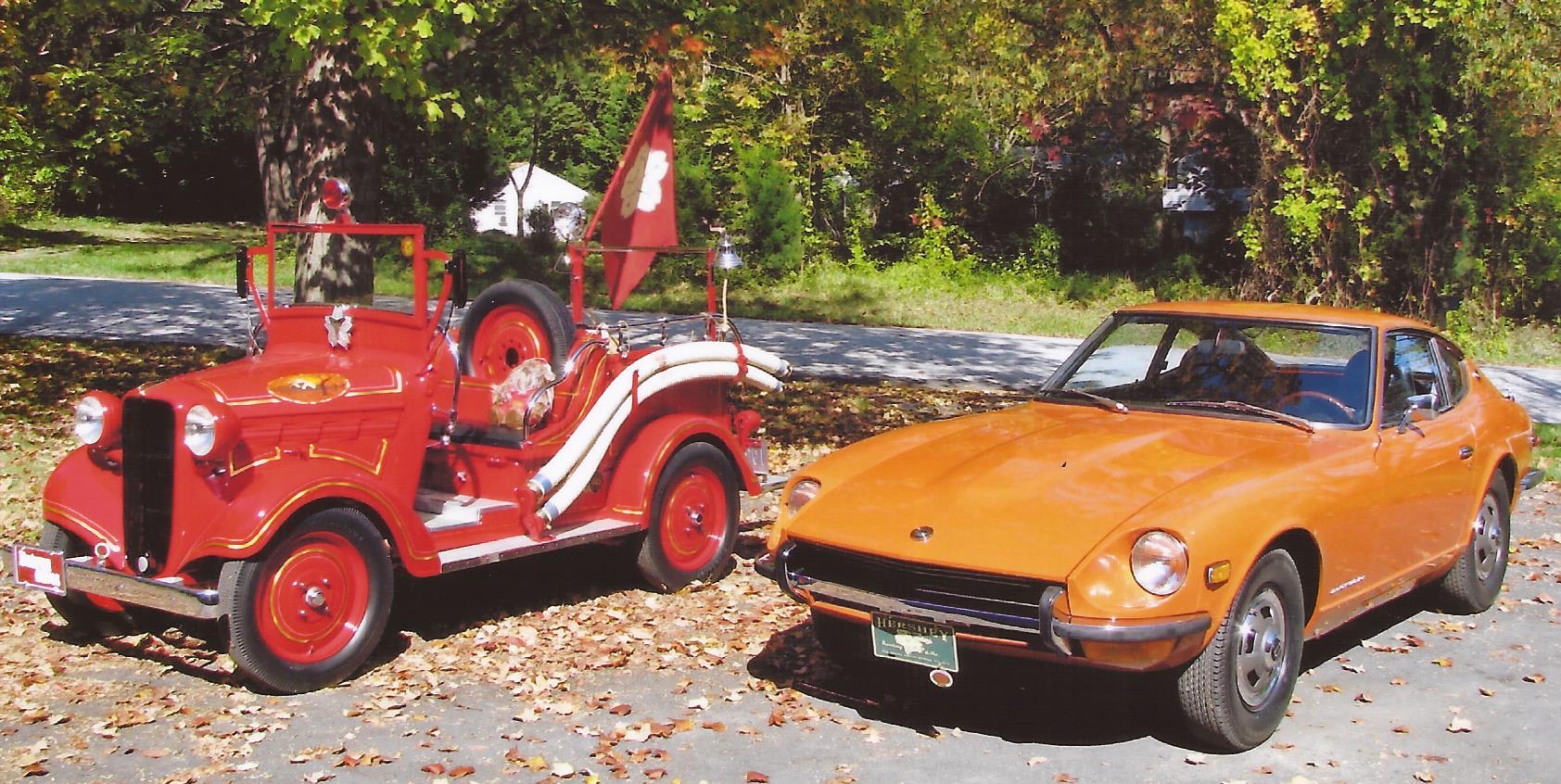
Considerable insight appears in an academic treatise written by Marie Anchordoguy, an expert who studied the dynamics of these sales at the time. Her views are expressed in her article Japanese-American Trade Conflict and Supercomputers, published in the Spring 1994 issue of Political Science Quarterly.
At that time, Anchordoguy was an assistant professor of Asian studies at the University of Washington in Seattle. While there were a number of Japanese government sponsored research projects during the 1970s integral to development of computer architecture to be used in supercomputers, Anchordoguy states that Japan’s “primary supercomputer project was the High Speed Computing System for Scientific and Technological Uses Project, 1981 – 1989.” Six of Japan’s large, vertically integrated corporations gained explicit MITI (again, Ministry of International Trade and Industry) support. These were Hitachi, Fujitsu, Nippon Electric Company (NEC), Mitsubishi, Oki, and Toshiba.
Hitachi, NEC, and Fujitsu remain leading supercomputer manufacturers today. To avoid excess competition, MITI kept other Japanese companies out. Sony and Matsushita, for instance, were not allowed to develop supercomputers. MITI provided research funding, and set goals and objectives for these makers. Vertical integration within each company helped as each had divisions making other product such as mainframe computers, telecommunications equipment, semiconductors, and consumer electronics. In fact, the selected companies had financial depth even without favorable MITI policies.
Profit from other divisions served also to dampen loss when MITI forced sales of Japanese supercomputers at significant discount through multiple rounds of competitive bidding to Japanese governmental and academic customers. Indeed, the Japanese corporations making these supercomputers had a “relationship” with specific academic institutions that predominantly buy the maker’s product, provide graduates, and share in subsidized research and development projects. Hitachi is allied with both Tokyo and Hokkaido Universities. Fujitsu allies with Kyoto, Nagoya, and Kyushu Universities. NEC allies with Tohoku and Osaka Universities. In buying a supercomputer, these universities engaged in multiple rounds of bidding where the original asking price was eventually lowered by 80% to 90%. American news media reports instances where a frustrated Cray Research, a leading competitor, simply had to drop out of Japan’s rigged bidding. This time period, the 1980s, straddles the era of supercomputer sales as a trade issue.
In addition to the proprietary relationships with important centers of Japanese academia, these companies were allied with specific industrial manufacturers (including the auto makers) who bought their product almost exclusively. The business relationship is a form of linked capitalism called keiretsu.
According to Anchordoguy, the following statistics apply to Japanese private sector keiretsu procurement during the period 1980 – 1992. Fujitsu group keiretsu bought 21 supercomputers, 17 of which were made within the Fujitsu group. Only 4 were foreign computers. The NEC group bought 23 supercomputers, 10 of which were made by NEC, 6 were from other Japanese makers, and 7 from foreign companies. The Hitachi group bought 17 supercomputers. 5 were Hitachi supercomputers, 7 of other Japanese makers, and 5 foreign. Thus we see that slightly over 50% of the 61 total supercomputers were bought from within each group’s keiretsu. Many of the rest were still Japanese, purchased from a rival group.
MITI was farsighted in seeking competitive advantage over time through a focused effort to develop and employ indigenous supercomputers in design and manufacture. The goal did not, obviously, consider near term profit selling these machines. MITI’s behavior seemed a pure “origin of competitive strength” play, to paraphrase the title of Japanese auto industry executive Akira Kawahara’s highly illuminating book, The Origin of Competitive Strength; Fifty Years of the Auto Industry in Japan and the U.S.
Kawahara writes from the vantage given him after serving a 10-year career in automotive bureaus at MITI beginning in 1947, followed by almost 30 years in various Toyota operations. He presents a strong argument that might be summed up altering his book’s title to one seemingly closer in meaning to Kawahara’s message. “The Origin of Industrial Strength Lies in Competition” seems to better convey his message. MITI allowed a delay of sales profit in order to realize in the long-term competitive benefits through skills and knowledge gained developing these machines. Competition among the Japanese supercomputer firms would be foundational and capability-building across their industries.
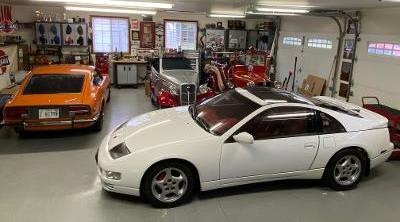
Design the supercomputers, improve them, and use them. It all took time. Deep vertical integration, lacking in the American competitor firm Cray, facilitated such distant goals. The companies making the supercomputers also made a lot of other stuff. Not in the least, each of the six firms could use their own supercomputers to cross-subsidize research and development, and better design next generation telecommunications or consumer products for their other divisions. This was especially so in the all-important development of semiconductors. Reliance on foreign supercomputers hindered attaining the ultimate goal. Thus, MITI made Japan’s large potential market for supercomputers strongly resistant to buying from a foreign competitor such as Cray. It is estimated that Cray lost out on about $1.2 billion in sales they should have made in Japan during the 1980s.
News media of the day widely reported this. A citation in the article Cray Sees Crack in Japanese Market appearing in 1987 in the Washington Post states that on December 31, 1986 Cray machines comprised 148 of the 230 total supercomputers then in use worldwide. Only 10% of these 148 Cray machines were in Japan however, while only a single Japanese NEC supercomputer was in the United States. By 1987 Cray had over 1000 employees, of which 415 were deployed in 14 countries abroad, including Japan. Cray needed sales there, but had no vertical depth like the divisions of Hitachi, states this article, and could not forego profit. They did not use their supercomputers to design other Cray consumer products the way Hitachi would use their supercomputers to design better semiconductors or consumer electronics made by Hitachi’s other divisions. Meanwhile, Japanese semiconductor manufacturers found a ready market selling to Cray.
Japanese chips were part of why Cray machines worked so well. Japan was thus strongly motivated to continually improve their chips. British supercomputers also used substantial components made by the Japanese. Especially, the very stand-alone existence of a firm like Cray seemed confusing for the Japanese. In 1987, Japan and the United States held Structural Impediments Initiative negotiations to work through trade imbalances. A formal agreement was reached that summer. Early on however, in a statement later retracted, MITI Vice Minister Kuroda Makoto issued a verbal warning that Cray must be nationalized or merged with a larger firm to stay competitive. That is how Japan did it, and MITI was having a hard time understanding why America did not.
So, in a nutshell, the failure to find Japanese buyers for superior Cray supercomputers and superior software running in them was seen as artificial and got the Washington trade imbalance bureaucracy’s attention. Forcing equal opportunity for sales in Japan became a goal for Washington and the USTR. These machines cost potentially tens of millions of dollars.
You did not need to sell many to Japan to appreciably address the growing American trade imbalance. MITI and the Japanese remained adamant that their governmental and academic research purchases of supercomputers be solely Japanese manufacture. In fact, America did much the same for its military and defense sector supercomputers, protecting DoD and Department of Energy research sites from foreign made supercomputers. Thus, Japan’s permission to allow sales of the Cray machines in their industrial manufacturing sector would become the available “litmus test” indicating support for fair trade policy.
Check back on Zunday for Part 3 of 6: Nissan Busts the Rules and Buys a Cray! To see previous articles on the ExtravaganZa, click HERE.
Featured image by Toby Parsons.
About The Author
Daniel Banks
Guest Contributor








